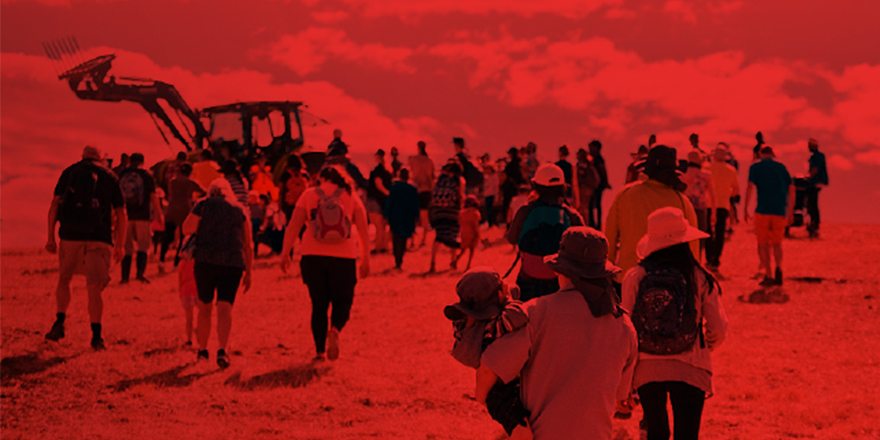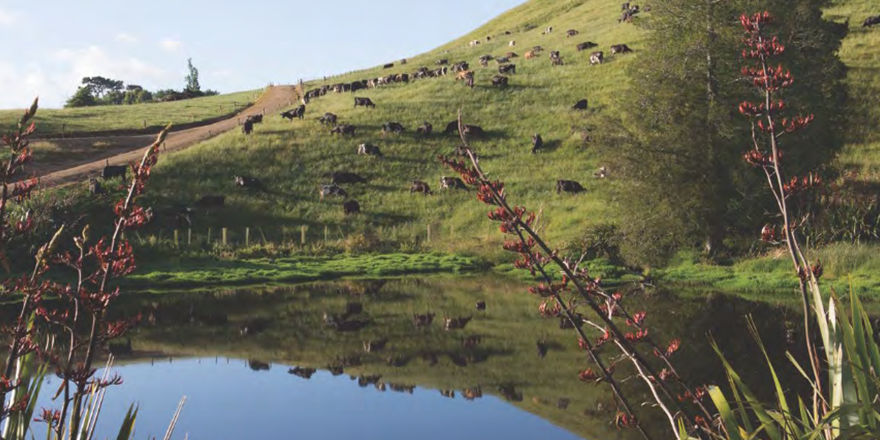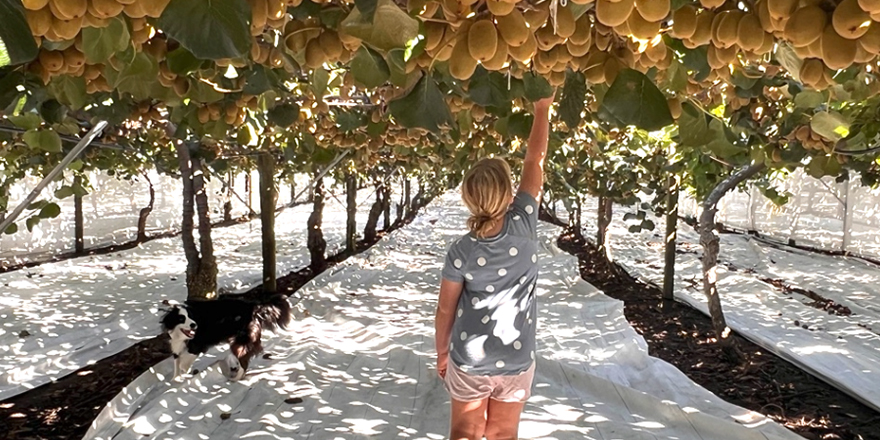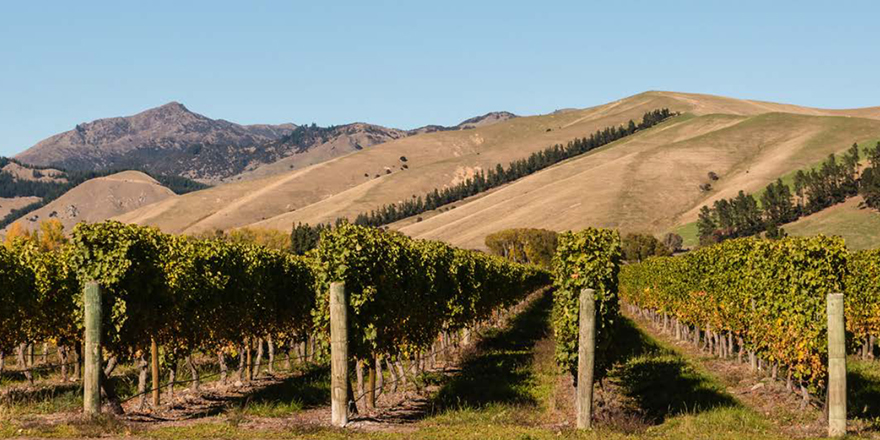Commodity prices received by New Zealand farmers are close to all-time highs, yet we are protesting in the streets for the first time in decades. Our resistance to environmental regulation has exposed a vulnerability – we, farmers, are struggling to hold our place in the power hierarchy.
We took our place atop the power structure when the SS Dunedin set sail for the United Kingdom with the first shipment of refrigerated produce in 1882. We have maintained our place in society with strong representation for the best part of 140 years. This is starting to change.
Our economic model is no longer fit for purpose as we approach an environmental point of no return. We are transitioning from a model optimised for human capital to one focused on maximising natural capital. The negative externalities associated with the farming models we have used for over a century are coming home to roost.
To maintain our place in the power hierarchy, we are defaulting to old tools such as protest and advocacy groups. We do not currently have the right mix of tools needed to drive and support change in a modern world.
Biodiversity loss, net zero commitments, the rise of alternative proteins and climate change are some of the many signals on the horizon that threaten our current system. We can either view these as threats, or as opportunities. Some of the most effective ways of reaching net zero commitments come through effective land use. Through the correct stewardship of land, farmers can make a disproportionate positive impact on the environment. What’s more, a burgeoning market of investors is looking to get behind this exact cause.
Individually, farmers in New Zealand are projected to spend $150,000 over the next 10 years to meet the latest round of environmental regulation. Collectively, the New Zealand Dairy industry alone is projecting $6 billion dollars in annual losses attributable to environmental
regulation. Yet, at the same time financial markets across the world are experiencing the largest amount of investment backing net zero commitments from both large institutions and through the rise of citizen finance.
We have a model that is no longer fit for purpose. It does not serve the environment or farmers. We also have a disconnect between farmers looking to make positive environmental change and investors looking to fund these exact pursuits.
What do we do when something is no longer serving us? We redesign it.
A design process was kicked off. The first step was to empathise with the challenges faced by New Zealand livestock farmers. Over the course of 50+ hours of interviews and 100+ survey results, challenges started to emerge. Many livestock farmers currently face a negative spiral with each challenge compounding upon the last:
- margins are being squeezed and profits are variable
- farming businesses struggle to pay what is needed to attract good talent
- many farming businesses remain understaffed
- understaffed businesses lead to farmers spend more time in an operational capacity
- after operational tasks are taken care of plus the day to day complexities of farming, there is no time left to understand ambiguous environmental regulation
- tired farmers carry the mental tax of having to defend a negative public image.
When summarised – New Zealand livestock farmers are scared that environmental regulation will cripple their low margin business.
We are not fundamentally bad people, and we are certainly not environmental villains. The negative spiral faced by farming businesses needs to be broken. What breaks this may be an unlikely source. The environment itself.
A series of complex and simple nature-based solutions emerged during the ideation phase of the design process. These potential solutions were viewed against the criteria idefined by farmers during the empathize stage – the ability to help farmers; get paid, reduce complexity, get time back and feel valued in society. Most importantly an ideal solution had to provide the first tangible step New Zealand livestock farmers could take to make positive, profitable environmental change. The final prototype leverages many existing tools to create an outcome that will break the negative spiral faced by New Zealand livestock farmers. Of the 19 farmers pitched the idea, 75% said that they would pay to use the product.
By no means is this a silver bullet, but it is an example of what happens when we become deeply curious about a problem we are facing. Assumptions are left behind and problems are reframed. We are going to need many solutions that enable and empower New Zealand livestock farmers. This is but one tool in what will be a large toolbox. The findings in this report could be the ingredients of a future cake. A diverse range of people are needed to bake this cake and ensure that farmers can adapt to market lead signals.





